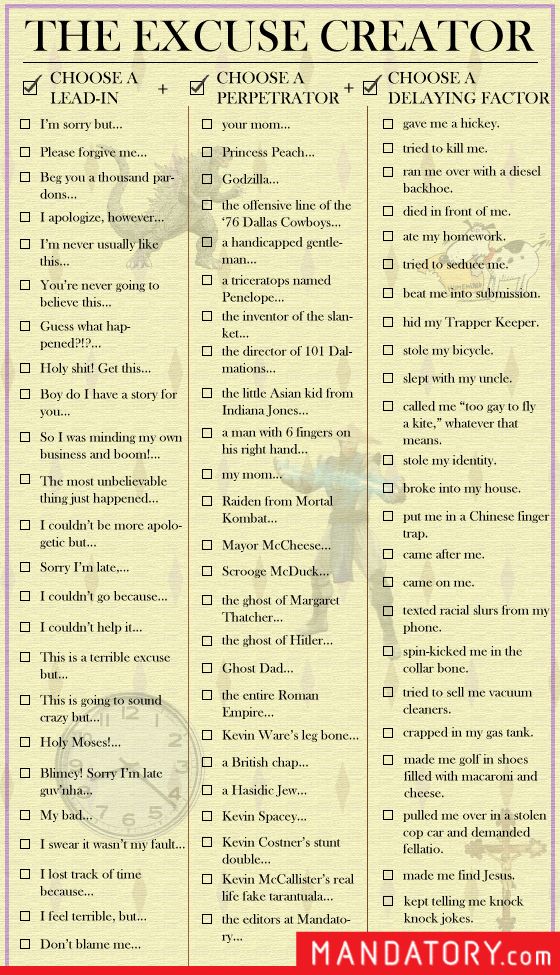BFTP: Johnson's Theory of Multiple Creative Abilities
 Saturday, June 8, 2019 at 06:52AM
Saturday, June 8, 2019 at 06:52AM I've been thinking (ouch!) about this statement- an absolutely critical understanding for all educators to internalize, given both the vocational and personal abiliites needed for success and happiness in age of automation and outsourcing,
 Howard Gardner in his 1983 book Frames of Mind: The Theory of Multiple Intelligences suggested educators expand their view of intelligence. Rather than just thinking that kids who could read, write, and do math well were smart, Gardner asked us to recognize those students who were artistically gifted in the visual and musical arts; those who excelled physically in sports and dance; and even those who might exhibit spiritual and ecological abilities beyond the norm. I believe this had a positive impact on education.
Howard Gardner in his 1983 book Frames of Mind: The Theory of Multiple Intelligences suggested educators expand their view of intelligence. Rather than just thinking that kids who could read, write, and do math well were smart, Gardner asked us to recognize those students who were artistically gifted in the visual and musical arts; those who excelled physically in sports and dance; and even those who might exhibit spiritual and ecological abilities beyond the norm. I believe this had a positive impact on education.
I am humbly suggesting we also expand our view of creativity. While related to intelligence, creative abilities combine originality with craftsmanship to good produce something that has value. Talent and giftedness are a natural ability to exhibit craft in certain areas of creativity.
In a somewhat arbitrary fashion, I’ve chosen twelve areas where I have seen students at all age level exhibit creative abilities and grouped them.
Artistic creativity
1. Writing/Presenting/Storytelling
2. Graphic artistic (drawing, painting, sculpting, photography, designing)
3. Musically artistic
Academic creativity
4. Numeric problem-solving and coding
5. Scientific inventiveness
6. Content-area specific creativity (history, languages, literary interpretation, etc.)
Physical creativity
7. Athletic/movement (Sports, dance)
Interpersonal creativity
8. Humor
9. Team-building/ interpersonal personal problem-solving
10. Leading/Organizing
11. Motivating/inspiring
Academic survival "innovation"
12. Excuse-making, teacher manipulation, cheating, etc.
I am very interested in hearing from you, Blue Skunk readers, about whether this makes sense. Whether the organization is appropriate (I am thinking about how we may assess, teach, acknowledge these areas). What I've left out and what shouldn't be included.
And of course, I'd love examples of students exhibiting creativity in any and all of these areas.

Original post 2/24/14









Reader Comments